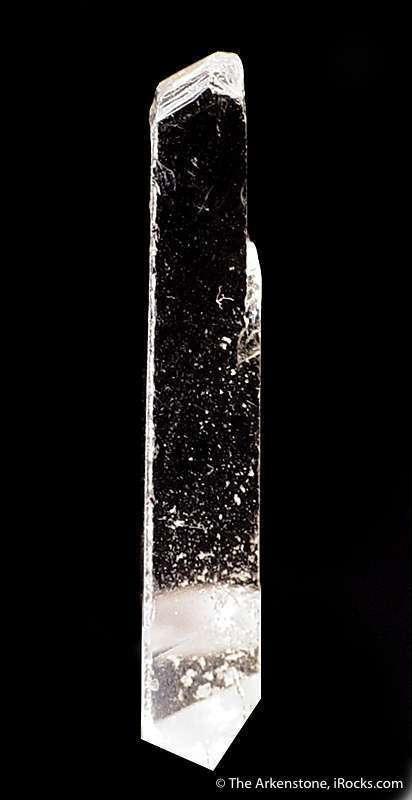
The Rigaku Oxford Diffraction Synergy S is equipped with the latest HyPix-6000HE Hybrid Photon Counting (HPC) detector which allows for extremely fast data collection of the entire Ewald sphere and measurement of very small crystals that were previously restricted to the Syncrotron.

Support for single-crystal diffraction is provided either by our resident Crystallographer, Guy Clarkson ( g dot clarkson at warwick dot ac dot uk), or by the Facility manager David Walker ( d dot walker dot 2 at warwick dot ac dot uk.) The X-ray facility at Warwick is equipped with two state-of-the-art dual wavelength (Cu/Mo) microfocus X-ray source single-crystal diffractometers. Typical collection times to solve a structure range from 20 minutes to several days, for the most challenging tiny low symmetry disordered crystals. Usage spans from routine structural work on organic and metal-organic small molecules to highly detailed investigations of heavy metal oxides that can include twins, modulated structures or diffuse scattering. It provides key information on the symmetry and atom positions in these crystals. So we could have solar powered clothing.Single crystal diffraction is a powerful X-ray technique for structural solution of crystals typically of 10 - 200 µm in diameter. Then when we're wearing for example clothes or a device with these kinds of fibre woven into the textile, they could convert the solar energy into the electrical power. We could also use these fibres in textiles that absorb the light. So that means by using our fibre so we can have the pixel in micrometer scales, giving a much, much higher resolution image for doctors to make better and more accurate diagnosis. The small diameter of the fibre can be used to capture a much smaller pixel compared to the state of the art. They have great flexibility (can be bent to a radius as small as 3.5mm), and larger photocurrent values than those of a polycrystalline counterpart (the polycrystalline MAPbBr3 milliwire photodetector with similar length).ĭr Su said, 'This technology could also be used in medical imaging as high-resolution detectors. In line with their predictions, due to the single-crystal quality, their fibres proved to have good stability over several months, and a small transmission loss - lower than 0.7dB/cm sufficient for making optical devices. With their method, the length of the fibre can be controlled, and the cross section of the perovskite fibre core can be varied. They gradually changed the heating position, line contact and temperature during the process to ensure continuous growth in the length while preventing random growth in the width. Scientists have therefore been seeking to make single-crystal perovskite optical fibres that can bring this high efficiency to fibre optics.ĭr Su, Reader in Photonics at Queen Mary University of London, said: 'Single-crystal perovskite fibres could be integrated into current fibre-optical networks, to substitute key components in this system - for example in more efficient lasing and energy conversions, improving the speed and quality of our broadband networks.'ĭr Su's team were able to grow and precisely control the length and diameter of single-crystal organometallic perovskite fibres in liquid solution (which is very cheap to run) by using a new temperature growth method. The optical fibres have a core width as low as 50 μm (the width of a human hair) and are very flexible - they can be bent to a radius of 3.5mmĬompared to their polycrystal counterparts, single-crystal organometallic perovskites are more stable, more efficient, more durable and have fewer defects. The perovskite optical fibre made by Dr Su's team consists of just one piece of a perovskite crystal.

At present, most optical fibres are made of glass. These tiny optical fibres transmit the majority of our internet data.

Optical fibres are tiny wires as thin as a human hair, in which light travels at a superfast speed - 100 times faster than electrons in cables.


 0 kommentar(er)
0 kommentar(er)
